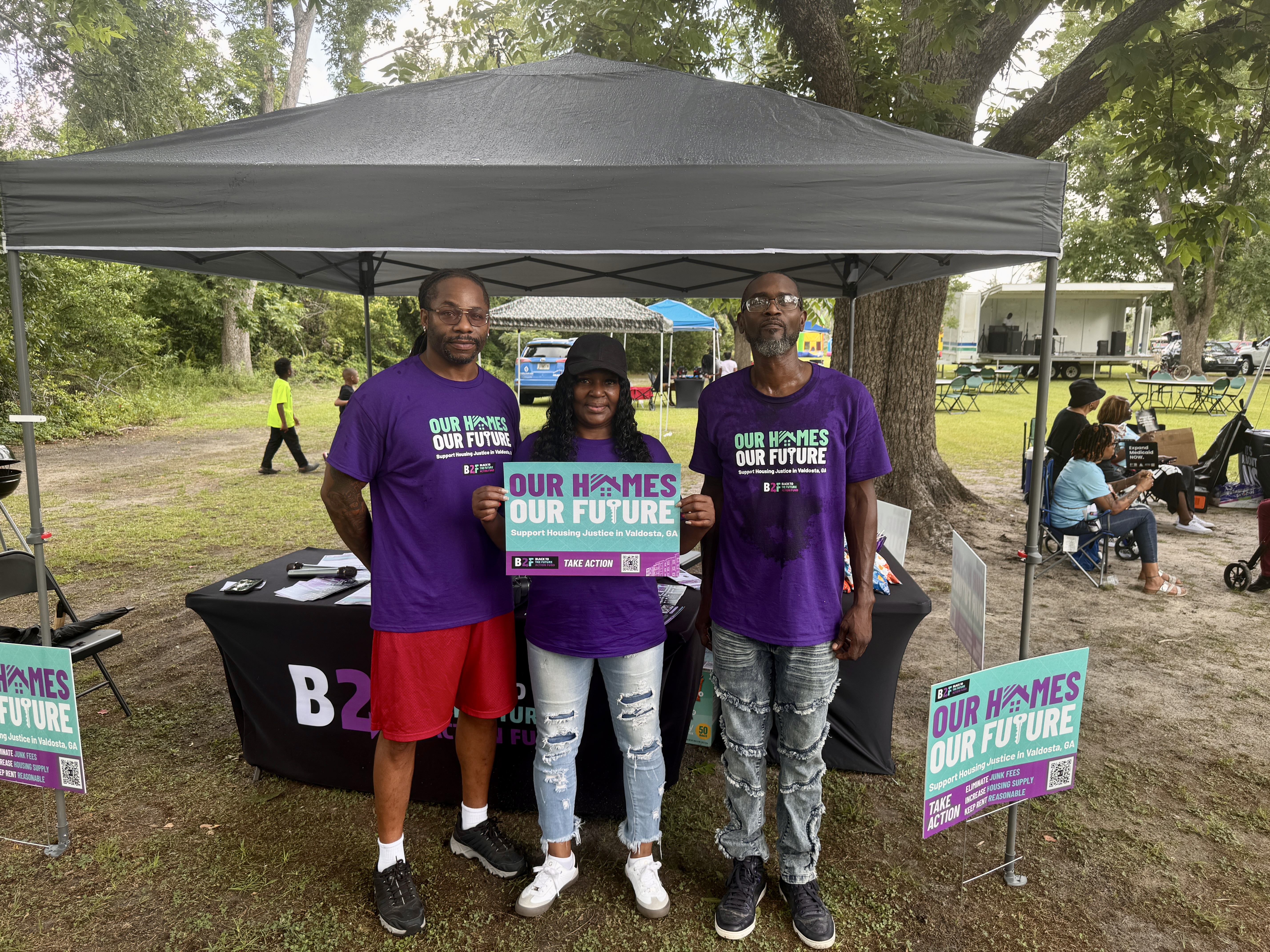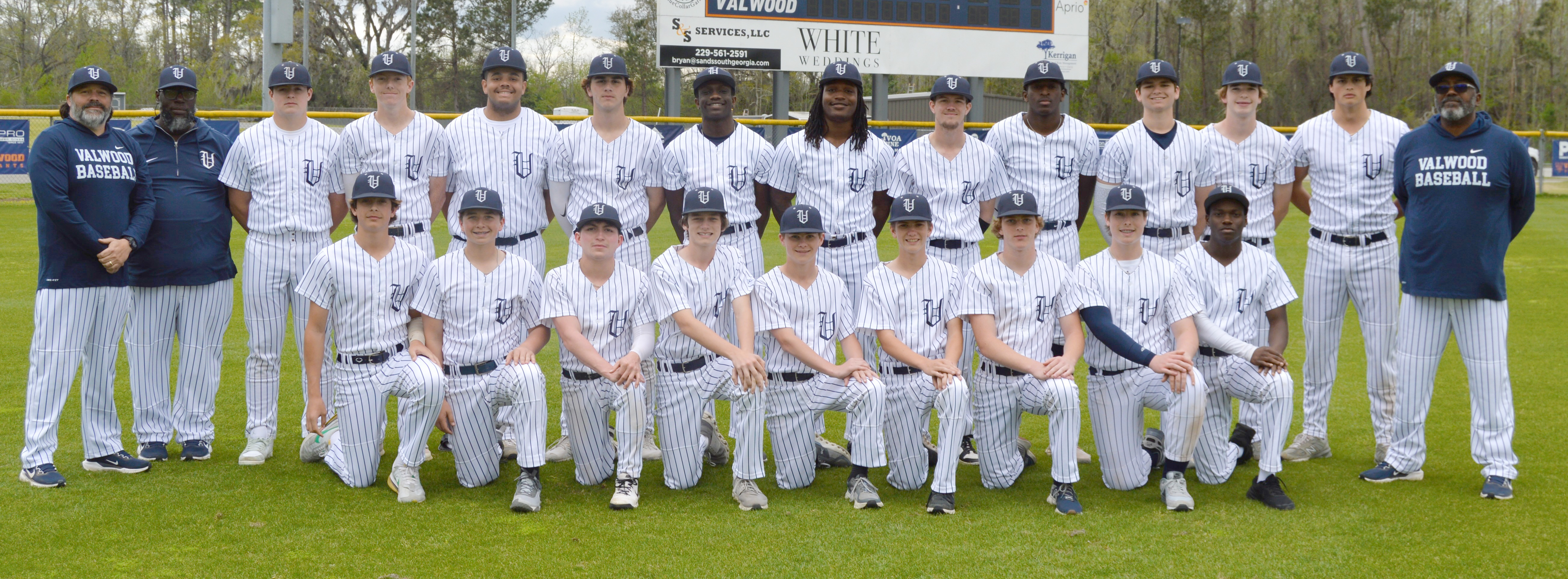VSU holds concussion forum for public
Published 7:00 am Tuesday, February 21, 2012

- Valdosta State head athletic trainer Russ Hoff speaks during Monday night’s forum on Concussions. Hoff, and the panel of experts, spoke about the importance of educations and treatment of concussions.
In recent years, concussions have become a hot topic among high school, collegiate and professional athletics.
On Monday night, Valdosta State University teamed up with the Brian and Spinal Injury Trust Commission to educate the community on the effects of concussions, how to monitor the issue and how to educate athletes, parents and coaches.
The night began with moderator Kelley Mautz of the Trust Commission explaining the definition of a concussion, which Mautz defined as ‘a brain injury that may be caused by a blow to the head, face, neck or elsewhere on the body with an impulsive force transmitted to the head.’
Mautz then explained the need for education on the injury, using the National Football League’s recent steps in creating educational platforms to strengthen the discussion. She then explained the state of Georgia’s move to pass the Georgia Concussion Coalition, which is a bill up for approval that would set guidelines and regulations on concussion education and treatment.
The bill, which is called House Bill 673, is currently under review by the Health and Human Services Committee and the Georgia House of Representatives.
Following Mautz’s opening remarks, Valdosta State athletic trainer Caren Walls was the first of the panel members, which featured head athletic trainer Russ Hoff, Lowndes head athletic trainer Philip Pieplow, team physician Ben Hogan, Georgia High School Association executive director Ralph Swearngin and Family Advocate Jim Ellis, to speak on prevention, education and awareness.
Walls spoke about exactly how concussions can occur, through different types of contact and in different sports. Walls, and other panel members, spoke about the common misconception that football is the sport with the most concussion related illnesses. Walls also addressed that concussion symptoms may be different from person-to-person.
Valdosta State and Valdosta High School team physician Ben Hogan spoke about the progression of concussion knowledge and ways to treat the illness, especially since 2001. Hogan spoke about the previous ways of brushing off the illness, compared to the need of heavy treatment and attention towards the manner that is present today.
He then addressed how concussions are affecting athletes and the lack of longevity in life, saying “we are seeing problems in the athletes that we should be seeing at these (young) ages.”
Finally, Hogan spoke about Post Concussion Syndrome, which is when patients continue to suffer the effects of a concussion three months after the initial injury. PCS can lead to increased depression, according to Hogan.
Lowndes high school’s head athletic trainer Philip Pieplow, spoke about monitoring concussions at the high school level. Pieplow addressed the several issues that go into monitoring high school athletes, like lack of reporting from the student-athletes and delayed reporting — athletes waiting several days to report the effects.
As a result, Pieplow spoke about the essential need for high school athletic trainers to have a close relationship and understanding with the players, coaches and school personnel, telling those in attendance, many of whom are students at Valdosta State, that at the high school level, athletic trainers need to implement plans to monitor concussions.
VSU head coach athletic trainer Russ Hoff then spoke about monitoring concussions at the collegiate level, especially at Valdosta State. According to Hoff, education on the issue is required by using videos, symptom sheets, testing and physical evaluations prior to an injury ever occurring. Hoff also addressed Post Concussion Symptoms, while also bringing to light that 90 percent of the information which has been made available on concussion research has come in the last five years, thanks largely to the advancements in medical research and the attention on the topic.
Hoff also said younger athletes have the likely hood of recovering from a head related injury, such as a concussion, at a slower rate than adults, while women are also said to recover at a slower rate than men.
Following Hoff, GHSA executive director Dr. Ralph Swearngin took to the floor, addressing the improvements and regulations the association has created to monitor concussions. Swearngin said a major concern of the association is monitoring the injuries during practices, especially at the smaller, more rural area, schools, due to the lack of athletic trainers that are made available.





